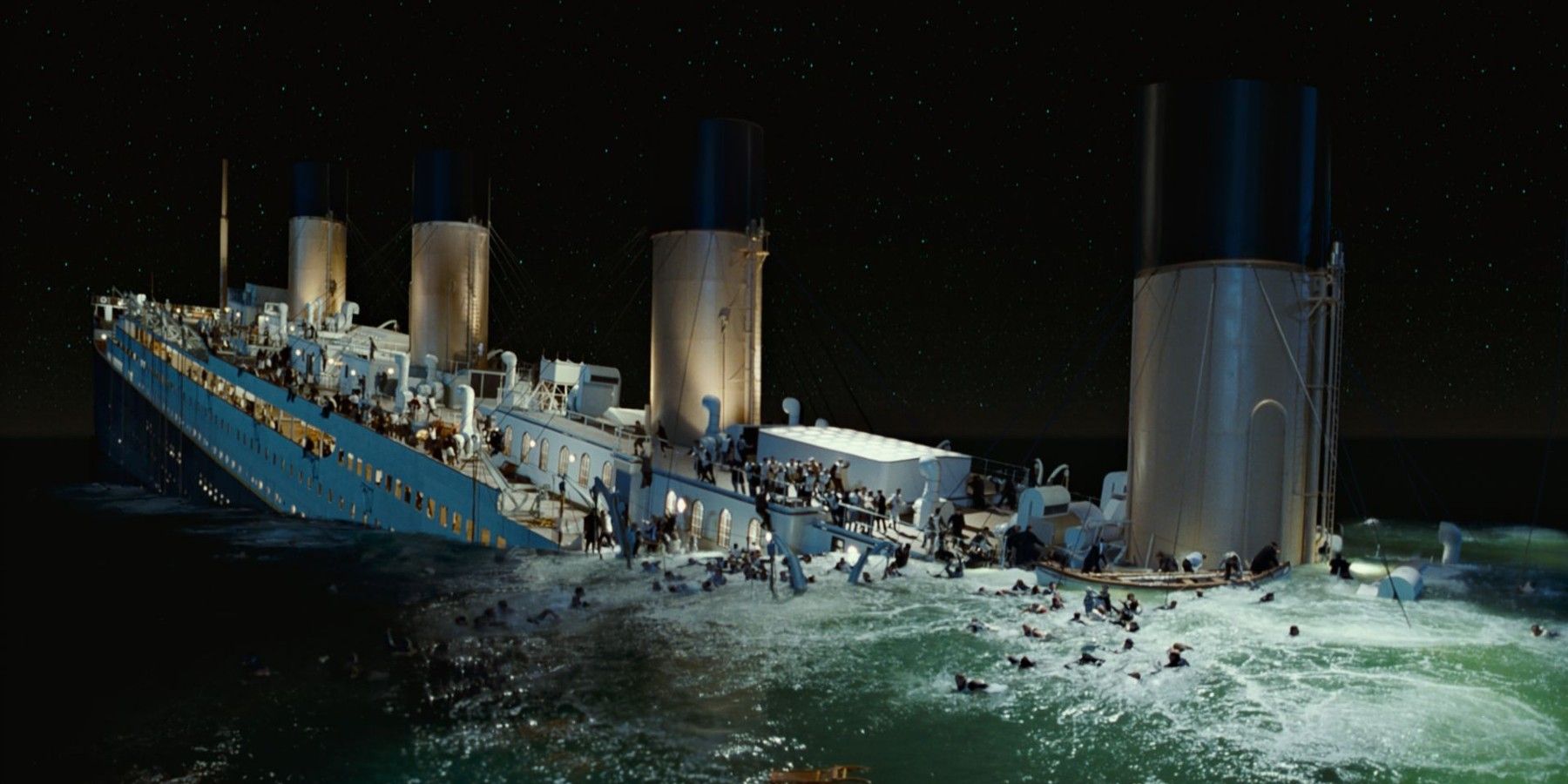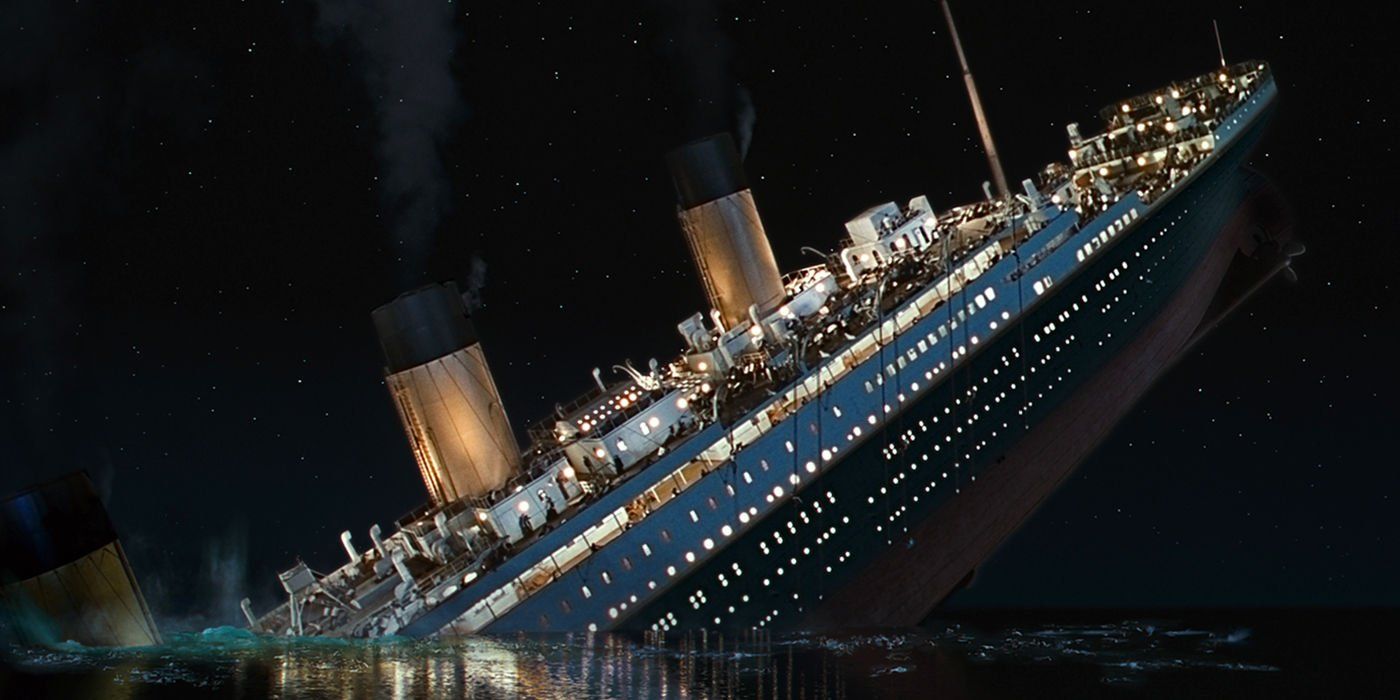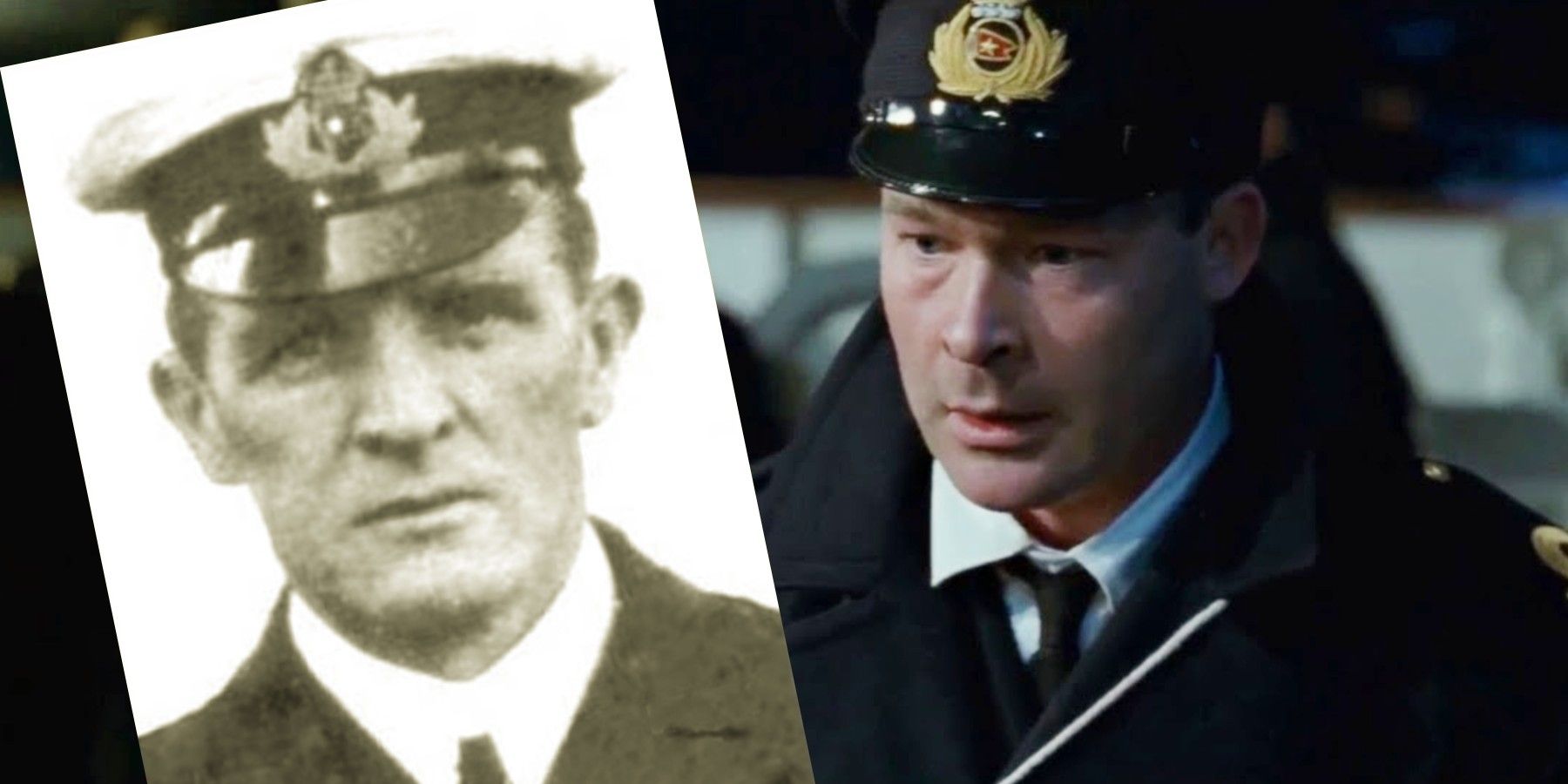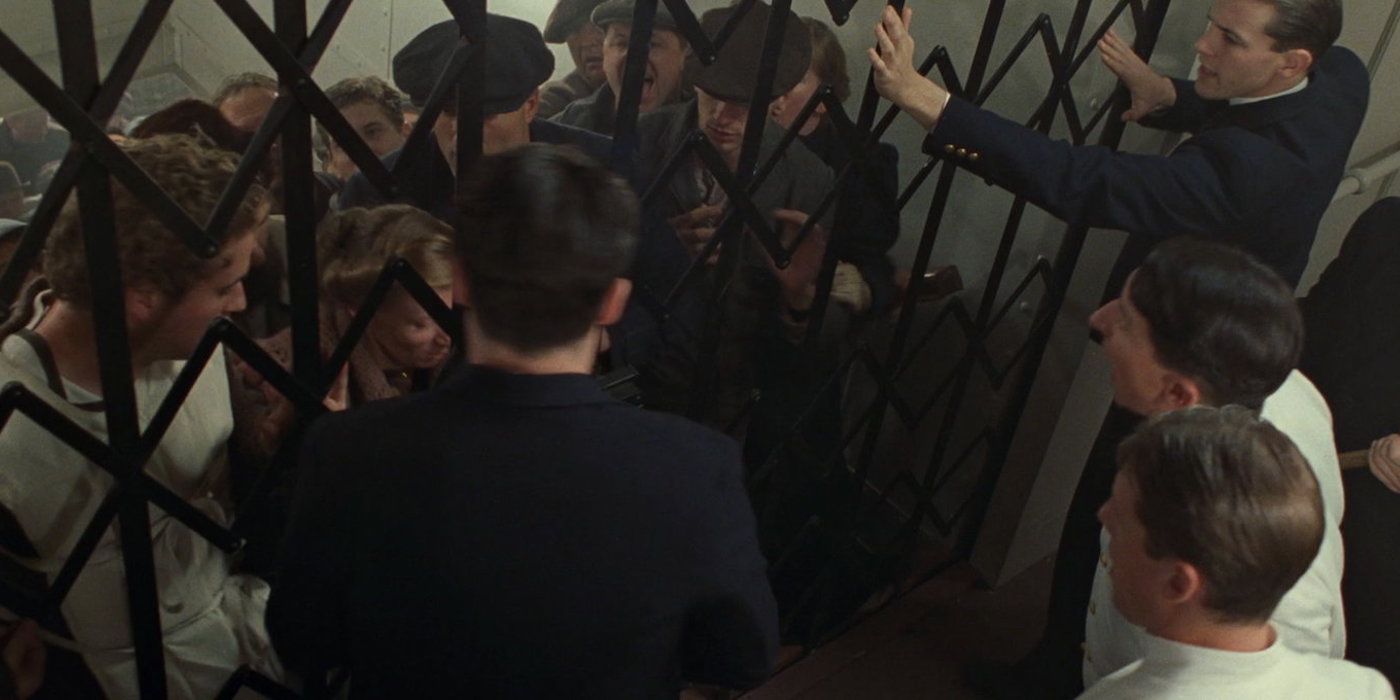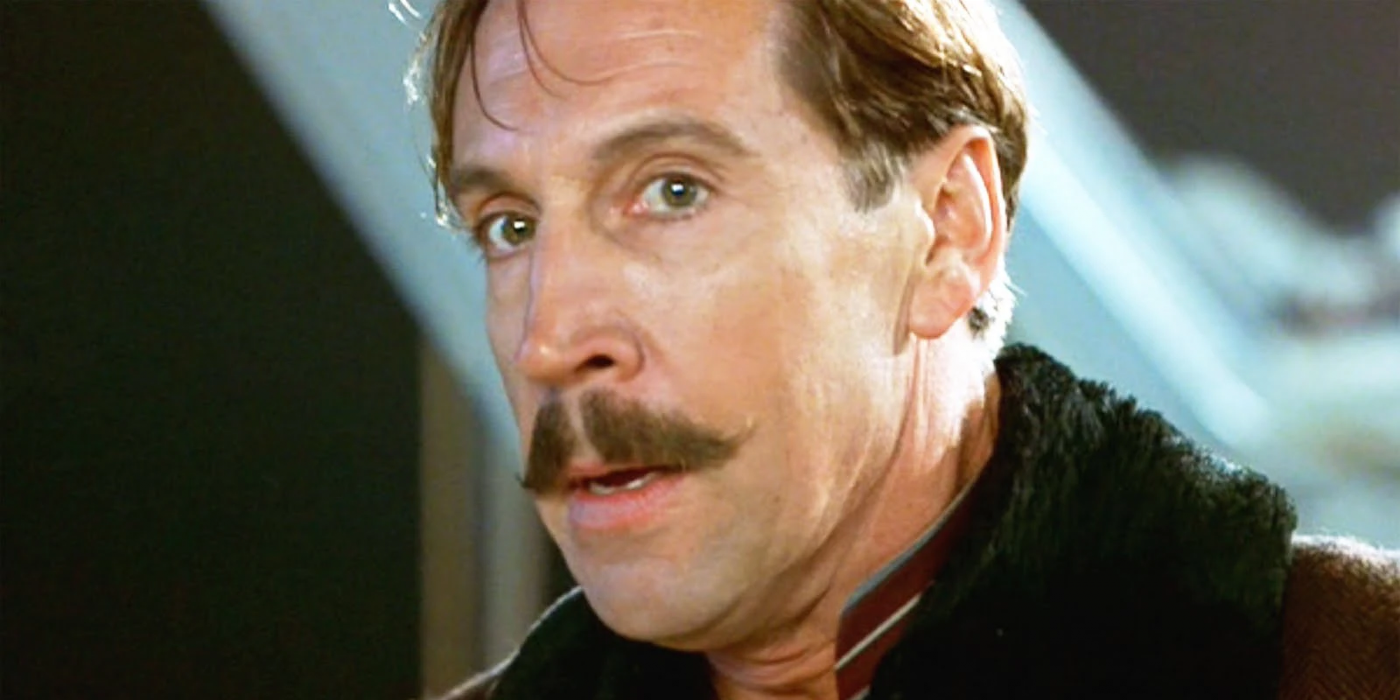James Cameron spared no effort or expense making Titanic an accurate depiction of the historical ship’s tragic sinking, but the movie still gets a few important details wrong. The movie follows the fictional romance of star-crossed lovers Jack and Rose aboard the luxury liner, up to the fateful night in 1912 when the ship hit an iceberg and sank, claiming the lives of more than 1500 of its passengers in a matter of hours.
In 1985, Robert Ballard discovered the wreck of the Titanic on the ocean floor, and much of the ship was still intact. Years later, James Cameron himself made dives to explore the wreckage, picking up as many details as he could to accurately reproduce the ship and its sinking, and some of the footage taken on his dives appears in the movie.
However, since the movie was made not long after the rediscovery of Titanic, the wreckage had not been fully explored. Cameron has made many more dives since the movie’s release to continue to explore and document the ship, and he has researched the sinking to prove whether the theories he put into Titanic were true to history. However, there are further historical inaccuracies in Titanic that James Cameron simply ignored for dramatic effect. The real sinking of the Titanic has been very well documented through multiple investigations and eyewitness accounts, and the wreckage of the ship itself has yielded a number of secrets. Whether through lack of information or creative choice, Cameron’s movie deviates from history in several ways.
The Ship Wasn’t Vertical When It Broke Apart
At the time Titanic released, the wreckage showed the ship broke in half during sinking, but Cameron could only theorize how it happened. Near the ending of Titanic, the ship goes vertical: the stern rises almost 90 degrees out of the water, the ship breaks in half, and the remaining half comes crashing back down. However, further testing showed it likely didn’t happen that way.
When Cameron collected more data on the ship and supervised model experiments, he found that the ship was only about 23 degrees out of the water when it broke in half, not 90 degrees. The movie’s version makes for a more dramatic scene, but not an accurate one.
Murdoch Did Not Shoot A Passenger and Himself
In one of Titanic’s most controversial scenes, first officer William Murdoch shoots two passengers while attempting to keep order during the loading of one of the last lifeboats. Stricken by guilt at killing the passengers, Murdoch turns the gun on himself, taking his own life.
While James Cameron drew from eyewitness accounts of shots fired during loading the lifeboats, the accounts vary on whether they were warning shots or whether one or two passengers were hit. Only one passenger’s story specifically names Murdoch, claiming he fired two shots into the air. Other accounts mention an officer shooting himself as the ship went down, but there is no evidence that it was William Murdoch. Cameron came to regret sullying the real Murdoch’s reputation, as the first officer is widely considered a hero for quickly loading the lifeboats and saving many lives.
Third Class Passengers Were Not Locked Below
There is some truth to Titanic’s disturbing scene of third-class passengers being locked below deck by the ship’s gates, kept from the lifeboats until Jack and Rose come to help — but the movie misrepresents how this happened. According to United States immigration laws at the time, immigrants - like Titanic’s third class passengers - had to be separated until they could pass health screenings and processing at Ellis Island.
The gates were already in place during the voyage, and each class only had access to their own decks and lifeboats, but no lifeboats were stored in the third class section. The inquiry into the sinking found that initially, the gates were in place as the stewards waited for orders, but the gates were ordered opened as the lifeboats were being lowered.
However, they were only opened after some of the lifeboats had already launched, and third-class passengers then had to weave through unfamiliar corridors and decks to reach the lifeboats. They were not maliciously kept from reaching the lifeboats as the movie shows, but they did face more obstructions, and two-thirds of the third-class passengers died in the wreck.
J. Bruce Ismay Did Not Sneak Into A Lifeboat
Titanic’s many characters are based on real passengers, and White Star Line chairman J. Bruce Ismay is no exception. The movie portrays him as a villain, pushing for the ship to run faster and then sneaking into a lifeboat ahead of other passengers. As the highest-ranking official of the White Star Line, the company that built the Titanic, to survive the sinking, Ismay was painted as a coward and a villain in the media, but his reputation may not be deserved.
The British inquiry into the Titanic found that Ismay helped other passengers board the lifeboats before boarding himself on the last lifeboat to leave the starboard side. Survivor accounts tell multiple other versions of how Ismay survived: he jumped on the first lifeboat, he demanded his own crew row him away, or the Chief Officer ordered him to board a lifeboat.
Ismay’s tarnished reputation after the disaster was largely due to one man: newspaper magnate William Randolph Hearst. He and Ismay had a falling out years before, and Hearst ran a newspaper campaign lambasting and condemning Ismay in the United States. Ismay never recovered from the controversy, and he has been painted as the villain in every popular movie about the sinking ever since. James Cameron’s Titanic is a faithful and accurate depiction of historical events in many ways, but dramatic license and incomplete information often got in the way of the real history.

